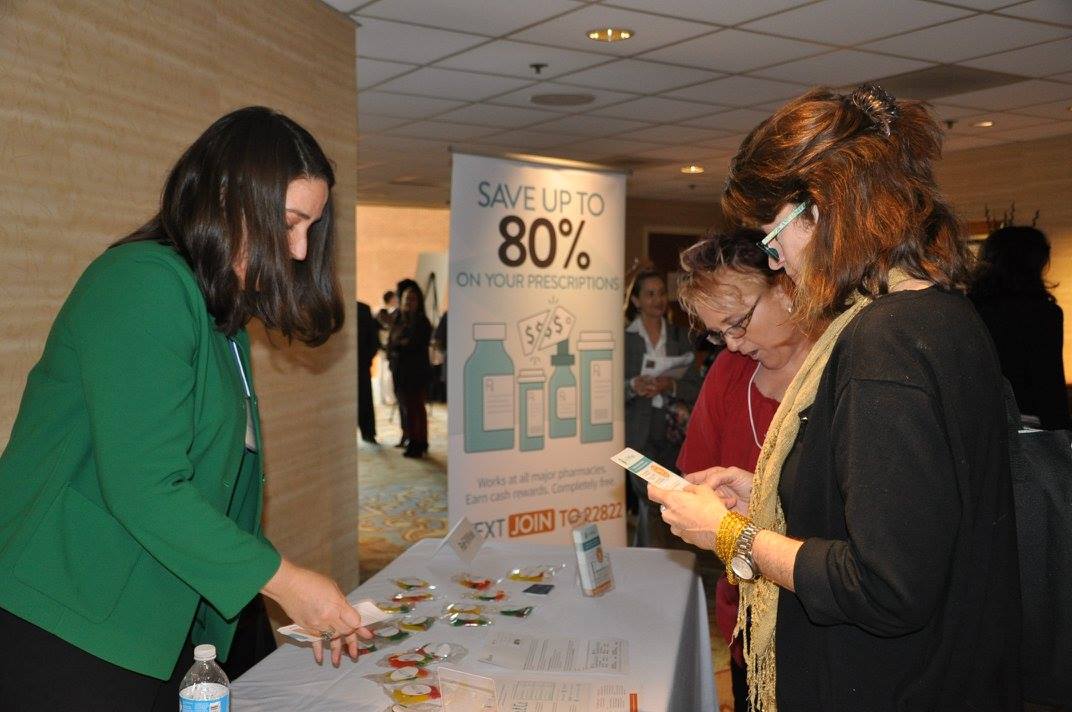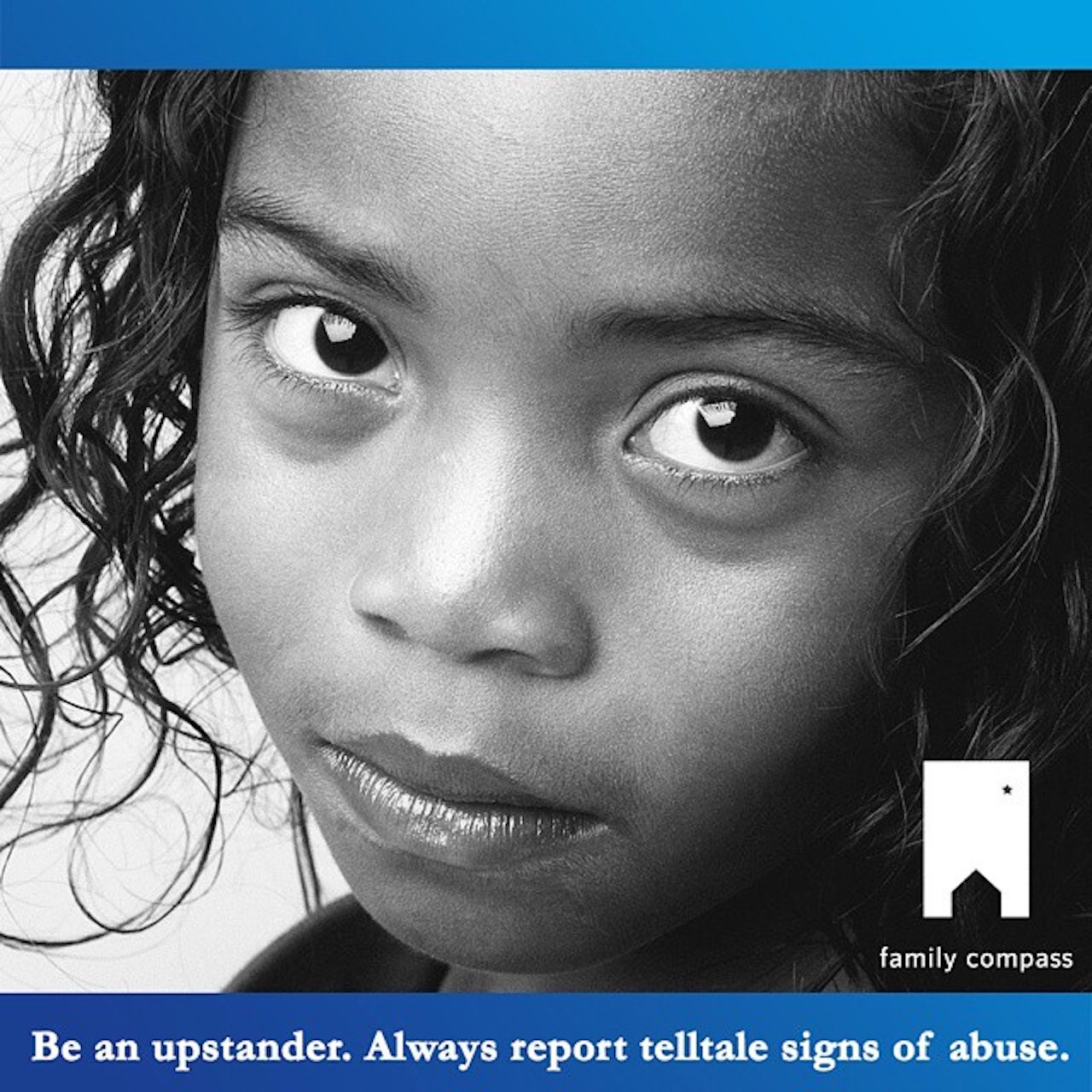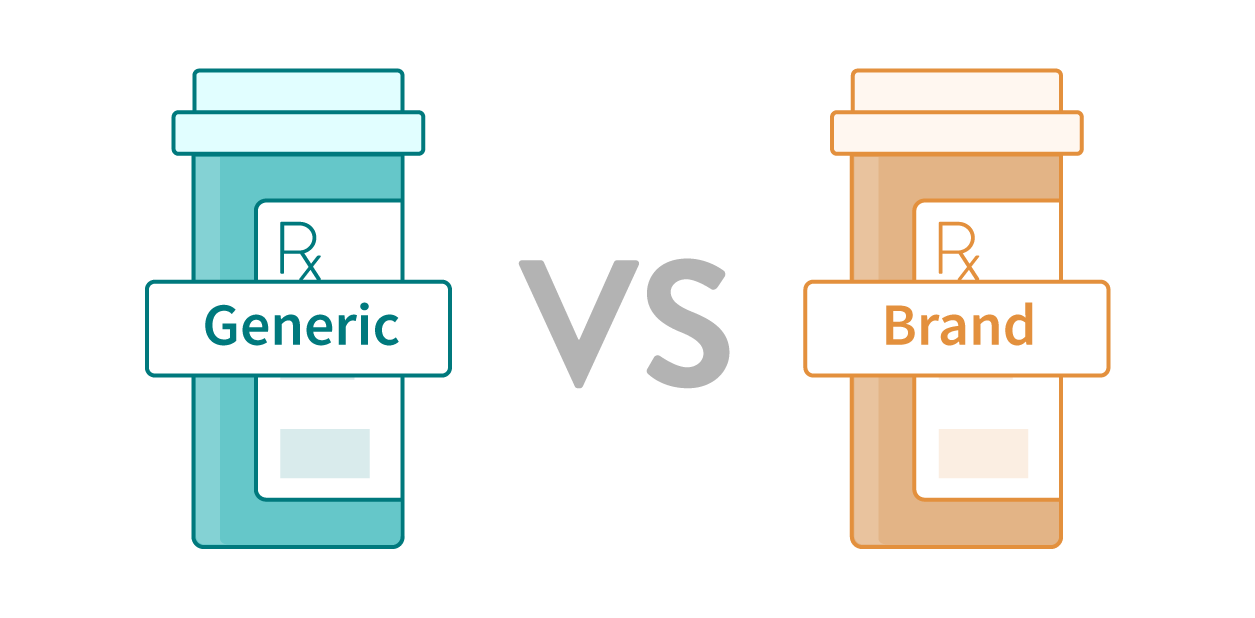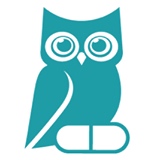
As spring begins to flex its muscles, many of the millions of Americans who suffer from seasonal allergies are probably beginning to experience those annoyingly familiar symptoms of nasal congestion, itchy red eyes, and constant sneezing. While science hasn’t yet figured out a way to fully cure allergies, there are thankfully a lot of steps you can take to help lessen the severity of the symptoms.
Minimize Exposure to the Allergens in Your Environment
Several different kinds of allergens commonly affect those with allergy symptoms — mold, pet dander, pollen, ragweed, and a few others. All of them essentially have the same result on your body; they activate your immune system, which then triggers cells in your body to release compounds called histamines. These histamines cause symptoms commonly associated with allergies such as a runny nose, sneezing, and itchy, watery eyes. The best way to decrease your symptoms is simply to limit your exposure to the allergens in the first place.
Wash your pillow cases, sheets, and bedding every week
Wash your hands and face several times a day; avoid touching your face and eyes with your hands
Vacuum and dust often
Limit the development of mold spores by using a dehumidifier to reduce moisture in your home
If you have pets, brush them frequently and try to keep them off of upholstery and furniture (easier said than done)
Exercise daily, and stay hydrated; improved blood flow increases the speed at which your body can flush out allergens
Talk to Your Doctor
In addition to the steps mentioned above, those who suffer from allergies may also want to discuss other strategies with a health care provider. There are several reasonably-priced generic drugs available over the counter such as Claritin (Loratadine), Zyrtec (Cetirizine), and Allegra (Fexofenadine). One recent addition to this over the counter list is Flonase (Fluticasone), an effective nose spray that used to be available only by prescription.
Whichever route you take, it’s important to plan with your health care provider in order to determine the most effective and safest treatment. Also, bear in mind that many of these treatment options may not work instantaneously, but may take days or even weeks of consistent use to reach their full potential.
Lastly, remember that you should always check the price for any prescribed medication using your RefillWise card so you can save money on top of saving your runny nose.
According to the CDC, there were 229,715 babies born to girls between the ages of 15-19 during the last reporting year. Although this represents a drastic decline, the high numbers still come with a large familial and societal impact. Moreover, not every region shows the same decline, and some areas still report incredibly high teen birth rates, in which as many as one-in-nine girls will have a baby before becoming an adult, herself. “Those pregnancies take a physical, financial and psychological toll on the teenagers, and they also come with a high economic cost for Texas taxpayers,” explained Gwen Daverth, chief executive of the Texas Campaign to Prevent Teen Pregnancy, in a recent news article. She was speaking of repeat births among teen moms, for which her state now leads the nation. Ms. Daverth adds that 86% of teen births are paid for by Medicaid, but that “costs also arise from serious social problems ranging from poverty to child abuse and neglect, and health concerns such as premature and low birth weight deliveries.”
Agencies like the Campaign and NTARuPT work tirelessly to turn these numbers around, and that’s one reason we’re proud to have them as RefillWise partners. In honor of Teen Pregnancy Prevention Month, we’ve decided to highlight some of the work they do in our community.
Meet NTARuPT
We had the pleasure of speaking with Diana Ayala of NTARuPT, the North Texas Alliance to Reduce Unintended Pregnancy in Teens. The group’s mission is to “to improve the quality of life for children, families, and communities by preventing unintended teen pregnancies.” They believe that every young person in our community should have the opportunity to set goals, plan education and careers and become self-sufficient before entering into parenthood. All are committed to providing evidence-based, medically-accurate teen pregnancy prevention information to teens and parents of teens, as well as giving teens healthcare referrals as needed.
NTARuPT Teaches the Hows and Whys of Preventing Teen Pregnancy
The biggest myth about teen pregnancy is “the assumption that talking to teens about sex leads teens to have sex,” Ms. Ayala said. “In fact, research has shown that the more teens know, the less they do.” Indeed, this is a huge difficulty NTARuPT and similar organizations face, as the sex ed curriculum taught in schools varies greatly from one institution to the next. Not every school provides sex ed, and many teach abstinence only or may be legally forbidden from sharing scientific information about types of birth control methods and how to safely use them. In a perfect world, this would be enough, but roughly half of all high school students are engaging in sex, which indicates abstinence-only education falls short. Therefore, NTARuPT’s commitment to empower teens with messages about preparing for their future and continuing education, as well as the in-depth coverage on how to prevent pregnancy, serves both youth and our community well.
NTARuPT’s Outreach is Great
To date, the group has helped more than 1,500 teens and parents with its educational materials, resources, and referrals. It has also amassed more than 100 partners, each specializing in an area that can benefit teens and parents, such as out-of-school time programming, counseling, mentoring, primary healthcare, and social services. Their work can be seen in churches, afterschool programs, summer camps, schools, the Juvenile Detention Center, and other venues throughout the state. In other words, wherever parents and teens are, NTARuPT aims to have a presence.

Learn More or Help NTARuPT
For more information about NTARuPT or to access some of the resources it offers, go to NTARuPT.org. You can help spread the word about the work they do on Facebook and Twitter too. It’s also worth noting that most of the funding for NTARuPT’s programs comes from federal grants, but these are always at risk. If you’d like to help ensure NTARuPT can keep up these efforts, consider making a donation.
Meet the Texas Campaign to End Teenage Pregnancy
While some organizations are on the forefront of the field and interacting directly with the people it serves, the Texas Campaign tends to focus its efforts on providing community leaders with resources and information on evidence-based curriculums.
The Texas Campaign is at the Forefront of Change
Every year, the Texas Campaign organizes an annual Statewide Symposium, gathering public health professionals and educators to raise awareness, analyze policies, and inform professionals working to effectively prevent teen pregnancies. The symposium attracts hundreds or people from all over the country annually on their own, but the organization also initiates policy roundtables and has a legislative education program. Combined, these efforts provided education and training to more than 350 people in the past year alone. Because the Campaign centers on evidence-based methodology and research, it’s also responsible for the creation of more than 50 unique resources, including an interactive map that shows teen pregnancy rates and other relevant data by county. Although the research and maps are made available to the general public, they’ve become largely instrumental for other organizations, including the more than 100 it has helped with specialized services, such as providing information about evidence-based curriculum and assistance with grant writing. The group was also recently responsible for securing the $1.6 million used to create the Youth Friendly Initiative — a program designed to make it possible for more adolescents to access to services provided by clinics.
Learn More or Help the Texas Campaign
To access the rich database provided by the Texas Campaign or to learn more about what the organization does, visit txcampaign.org. You can also keep up to date on the latest legislative news and more by following the Campaign on Facebook and Twitter. The Texas Campaign is a non-profit organization, largely funded by grants. However, if you appreciate the work they do and want to help advance it or ensure it continues, you may also donate directly through their website.
We’re Proud of Our Partners
At RefillWise, we support the efforts of numerous community health organizations, including the Texas Campaign and NTARuPT. Through these non-profits, our community becomes stronger and healthier, and we’re honored that they’ve chosen to partner with us to provide the individuals they serve with free RefillWise cards. Our cards can be used for discounts on all prescription medicine and equipment you get at a pharmacy, including various forms of contraception. If you have interest in obtaining our cards for your employees, clients, or volunteers, contact us today to learn more about RefillWise partnerships. Individuals may also receive a free RefillWise prescription discount card by signing up on our website or by texting JOIN to 22822.
When we hear on the news about an attack on a child or the death of a child, it shakes us to our core. It is nothing short of tragic when the most vulnerable in society have their lives cut short by preventable acts. What many don’t realize, however, is that thousands of these cases occur, though they don’t make the news because the child lives or the problems go undetected. One non-profit agency, Family Compass, aims to end child abuse and neglect by providing parents with education and resources that will help them become better parents. As May is Mental Health Awareness Month and Maternal Depression Awareness Month, we’re highlighting some of the work Family Compass does for our community.

The Risk Factors for Child Abuse and Neglect Can Help Predict At-Risk Kids
Data from the CDC indicates that there are several risk factors associated with cases of child abuse and neglect.
A lack of parental understanding in terms of child development, the needs of children, and parenting skills
Parents coming from homes where maltreatment occurred
Mental health issues, such as depression, and substance abuse in the family
Parents who are young, single, have a low education, and those with many dependent children
Caregivers in the home who are not related to the children
Social isolation
Parents coping with excessive stress
Violence in the home or community
Living in a disadvantaged neighborhood
By offering support services that can eliminate risk factors, Family Compass is effectively eliminating child abuse and neglect.
Family Compass Offers Classes and Home Mentoring Programs
Perhaps one of the things that makes Family Compass so unique is that the organization actually provides free one-on-one attention to parents most in need. With their Growing As Parents program, parents learn about child development and how to build positive relationships with their children. Parents can tap into the resource for as many as five years. Family Compass’ Parent Aide program also offers in-home support, but it’s geared toward helping parents learn positive parenting and discipline techniques, while providing access to resources that can help them overcome additional risk factors, such as emotional/mental health care and financial independence. In addition, several educational programs are available, all with a core focus on evidence-based teachings that can help create happier, healthier families. Since the organization’s inception, Family Compass has helped 44,000 parents and children, including more than 1,700 in the past year alone.
Learn More About Family Compass
You can learn more about the agency by visiting family-compass.org. You can also help spread the word about their work via Facebook and Twitter or make a donation via their website.
About RefillWise Partners
We’re proud to be able to serve our community. Our program helps families like the employees and clients of Family Compass to save up to 80% on needed prescription medicine and equipment from pharmacies, improving mental health and caring for family members while earning cash rewards for groceries and other necessities. Individuals may sign up for our free prescription discount cards on their own, though agencies like Family Compass help distribute them to the people who need them and might not hear about us otherwise. See our full list of partners on Twitter. If you have employees, clients, or volunteers who could benefit from our program, please send us a message and we’ll be happy to help.

May is Teen Pregnancy Prevention Month, and across the United States, teen pregnancy rates are dropping. The costs associated with teen pregnancies have fallen as well. The impact of this is broad; families are better equipped to raise children, less child abuse and neglect occurs, families have less financial stress, and girls tend to get more education, which boosts their individual incomes too. However, there are still nearly 330,000 babies born to teen moms between the ages of 15-19 each year, according to the CDC, which means the country still has quite a bit of work to do. Now one of the major sources of funding that has been instrumental in preventing teen pregnancy could be cut in half.
Half of All TPP Funding Could Be Cut
Most people aren’t familiar with the Teen Pregnancy Prevention Program (TPP), a division of the Office of Adolescent Health, but that doesn’t mean that the work it does isn’t valuable. In the first four years it existed, teen pregnancies dropped 29%. At present, teen pregnancies cost the country an estimated $9.4 billion, which the TPP has whittled down with a budget of $101 million. The money is disbursed throughout the country to various programs that use evidence-based methods to educate teens. President Trump’s proposed budget would cut TPP funding in half. While Congress has made it clear that it isn’t taking Trump’s recommendations — which called for massive cuts to virtually every government program — the mere fact that such extreme measures are considered mean funding for programs like TPP, despite obvious successes, will always be in danger.
TPP Programs Provide Education and Resources
There are many programs aimed at preventing teen pregnancies, both at a federal and state level, but they work in markedly different ways. While most tend to focus on abstinence, TPP programs also incorporate teachings about how the body works, how STDs are spread, and how multiple types of birth control work. Many state-funded programs fall short in this respect. Moreover, state-funded programs are often not permitted to provide scientific information about contraception without parental consent, depending on local laws, whereas federally-funded programs usually do. Should TPP wind up on the chopping block, it could leave a massive gap at a time when more funding is already needed.
Help Will Remain Available
Although many programs are largely funded by federal money, they may still be able to continue their work through additional fundraising efforts and donations. However, parental involvement will arguably become an even more crucial component, as studies have shown that parents talking to their kids about sex and educating them about contraceptives have a major impact on teen pregnancies. To learn more about how you can help, or for tips on talking to your children, visit the National Campaign to Prevent Teen and Unplanned Pregnancy or our partners: the Texas Campaign to Prevent Teen Pregnancy and the North Texas Alliance to Reduce Unintended Pregnancy in Teens (NTARuPt). RefillWise membership affording you prescription discounts and cash rewards will also remain available. Our free pharmacy discount program saves up to 80% on common medications, including many types of birth control as well as treatments for STDs. Sign up for your free RefillWise card today.
As the cost of branded medications continues to skyrocket, generic alternatives play an ever-increasing role in helping to keep Americans healthy. It’s rare to turn on the TV without being bombarded with countless advertisements for well known brand medications like Xarelto, Crestor, Lyrica, Eliquis, and dozens of others. While many of these new brand name medications do in fact represent important advances in research and in treatment options, most of them also carry a huge price tag that can make the medication unaffordable for patients who don’t have an insurance plan that covers them. Furthermore, some of these medications are closely related to their generic ancestor, having been only slightly altered in ways that don’t measurably improve efficacy. Though similar, these medicines allow manufacturers to sell as a brand under a new patent.
Thankfully, there are plenty of effective generic medications available for doctors to prescribe that are far more affordable. In fact, the vast majority of drugs taken by patients are generic. The FDA estimates that nearly 80% of all medications filled in the United States are generic medications, saving Americans over $150 billion (yep, that’s billion with a B) every year. RefillWise users can save even more on top of that, in addition to earning you cash rewards.

Are generics really just as good as the brand name versions?
The scientific answer is yes, although you may want to take that response with a grain of salt as the context surrounding the question can get complicated.
Every single generic medication that makes its way to the pharmacy must undergo an FDA approval process that is just as thorough as it would be for any branded medication, including extensive testing and patient studies. A generic is only approved after the FDA confirms that the medication: a) is just as effective, b) is just as safe, and c) contains the exact active ingredients as the brand name medication.
Despite these safety measures, there are still some patients who insist that the generic versions of medications simply don’t work. Their claims may well be legitimate in many cases, and their adverse reactions or negative experiences very real. However, there is little to no scientific evidence generally showing that the generic medications themselves cause these issues.
Interestingly enough, the results from one study by the University of Cincinnati seem to indicate that how we perceive a medication may actually affect how well it works. To make the matter even more complicated, another study from Brigham and Women’s Hospital / Harvard Medical School resulted in evidence suggesting that simply changing the appearance of a pill can affect patient adherence, which is a crucial part of nearly any medication’s chance of success.
So if a generic doesn’t work for me, it’s all in my head?
This isn’t necessarily true either. There is an incredible amount of variation in the biology and psychology that make up each one of us. Any one of those infinite variations could end up playing a part in how your body reacts to a drug. With that being said, those variations in how a drug works exist for both branded and generic medications, regardless of whether it happens to be under patent or not.
But I thought you said generics were just as good as brand name medications?
Think of it this way. Yes, some patients report a loss of efficacy and/or an increase in side effects when switching to a generic from a brand medication — at the same time, there are also many patients who report the exact same experiences when switching from a generic to a brand, or even when taking a the same brand medication that was manufactured at a different location.
At the end of the day, it may in fact be that a certain generic medication isn’t the right treatment for you. If that is the case, however, it isn’t necessarily because the medication is generic. With the ever-increasing cost of branded medications, you could be overpaying hundreds of dollars for a branded medication when there may be viable generic alternatives that are just as effective. Always be sure to consult your prescribing physician about your options, and always be sure to show your pharmacist your free RefillWise card to save an average of 40% on each trip to the pharmacy while earning cash back.







